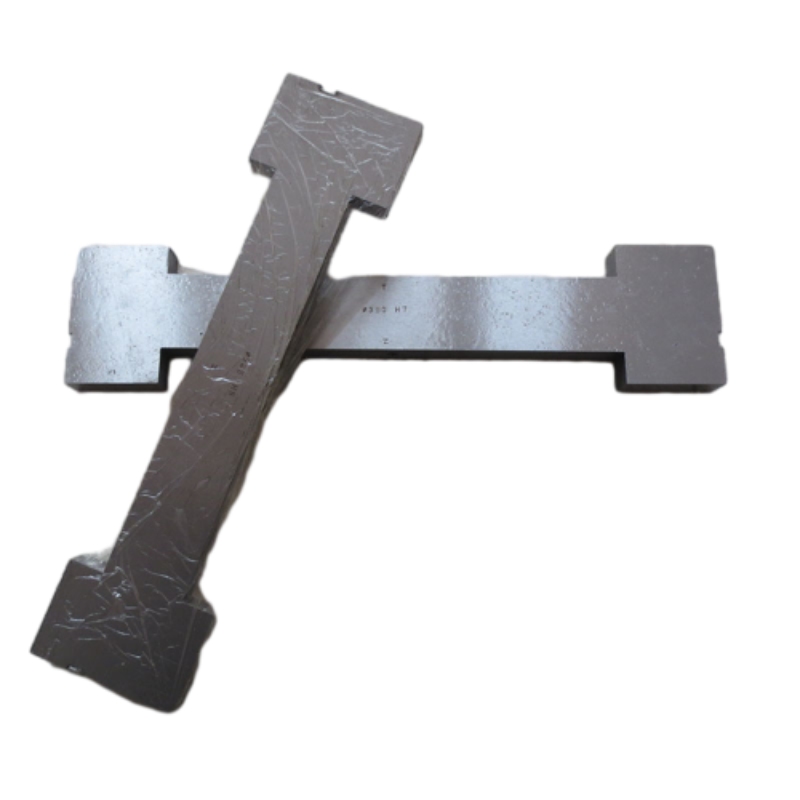Jul . 27, 2024 16:29 Back to list
Durable Concrete Chair Solutions for Supporting Rebar in Construction and Structural Projects
Concrete Chairs for Rebar Enhancing Structural Integrity in Construction
In the realm of construction, ensuring the structural integrity and durability of concrete structures is paramount. One of the critical elements that contribute to this strength is the proper placement and support of reinforcement bars, commonly known as rebar. Concrete chairs, essential tools in the reinforcement process, play a significant role in elevating, supporting, and positioning the rebar within concrete forms. This article delves into the purpose, types, and benefits of using concrete chairs for rebar in construction projects.
Purpose of Concrete Chairs
Concrete chairs serve a fundamental purpose in the reinforcement of concrete slabs, walls, and other elements. Rebar is introduced into concrete to improve tensile strength, as concrete alone is strong in compression but weak in tension. To achieve optimal performance, the rebar must be placed at specific elevations within the concrete form. Concrete chairs elevate the rebar to the correct height, ensuring that it is fully encased in concrete, which is essential for rust prevention and overall structural performance.
Proper placement of rebar is critical for preventing structural failures, crack propagation, and other issues that can compromise the integrity of a construction project. Concrete chairs help maintain consistency in spacing and elevation, facilitating accurate positioning of the rebar, which is vital during the curing process.
Types of Concrete Chairs
Concrete chairs come in various designs and materials, tailored to meet the specific needs of construction projects. Some common types of concrete chairs include
1. Standard Concrete Chairs Typically made from precast concrete, these chairs have a robust design that can withstand the weight of the rebar and the concrete pour. Their durability ensures that they maintain the desired elevation during the placement of concrete.
2. Plastic Chairs Lightweight and easy to handle, plastic chairs are resistant to corrosion and can be used in various weather conditions. They are particularly useful for smaller projects or where minimal weight is essential.
concrete chairs for rebar

3. Rebar Support Blocks These are fixed support systems that come with integrated spacers to ensure correct positioning. They are particularly beneficial when dealing with heavy loads or when supporting multiple layers of rebar.
4. Adjustable Chairs For projects requiring precise adjustments in rebar placement, adjustable concrete chairs provide flexibility. They can be altered to achieve the desired height, making them perfect for complex designs.
Benefits of Using Concrete Chairs
The advantages of using concrete chairs in rebar placement are manifold
1. Enhanced Structural Integrity By ensuring that rebar is positioned correctly, concrete chairs help to improve the load-bearing capacity and overall durability of concrete structures. This can lead to a decrease in maintenance costs and an increase in the lifespan of the build.
2. Time Efficiency Concrete chairs expedite the construction process. With rebar securely supported and easily positioned, construction teams can work more quickly and effectively, thereby reducing labor costs and project timelines.
3. Cost-Effective Solutions Although the initial investment in concrete chairs may seem significant, the long-term benefits of improved structural integrity often outweigh these costs. By minimizing the risk of structural failures and the expenses associated with repairs, concrete chairs prove to be a cost-effective solution.
4. Adaptability to Various Applications Whether in residential, commercial, or industrial projects, concrete chairs adapt to different construction needs. Their versatility makes them a staple in modern construction practices.
In conclusion, concrete chairs for rebar play an essential role in modern construction by promoting structural stability, enhancing safety, and contributing to the overall efficiency of the construction process. As the industry continues to evolve, the importance of such tools will remain critical to achieving robust and long-lasting concrete structures.
-
Why Metric Trapezoidal Thread is Ideal for Precision Motion ControlNewsAug.05,2025
-
The Unique Properties of a Block of Granite for Industrial UseNewsAug.05,2025
-
The Role of Flanged Y Strainers in Preventing Pipeline ClogsNewsAug.05,2025
-
The Importance of Regular Calibration for Master Ring GagesNewsAug.05,2025
-
How a Cast Iron Surface Table Enhances Accuracy in ManufacturingNewsAug.05,2025
-
Comparing Different Check Valve Types for Optimal Flow ControlNewsAug.05,2025
Related PRODUCTS









